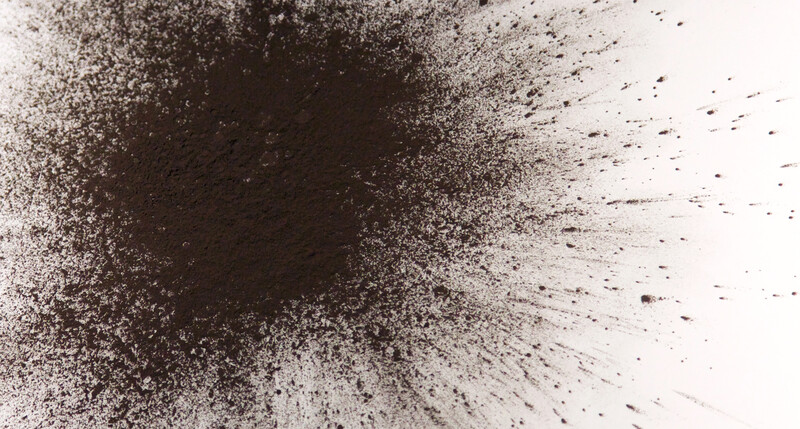
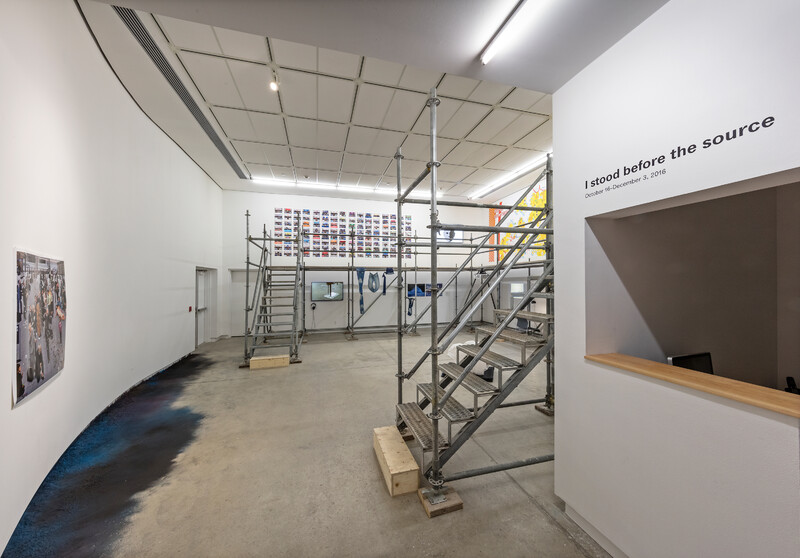
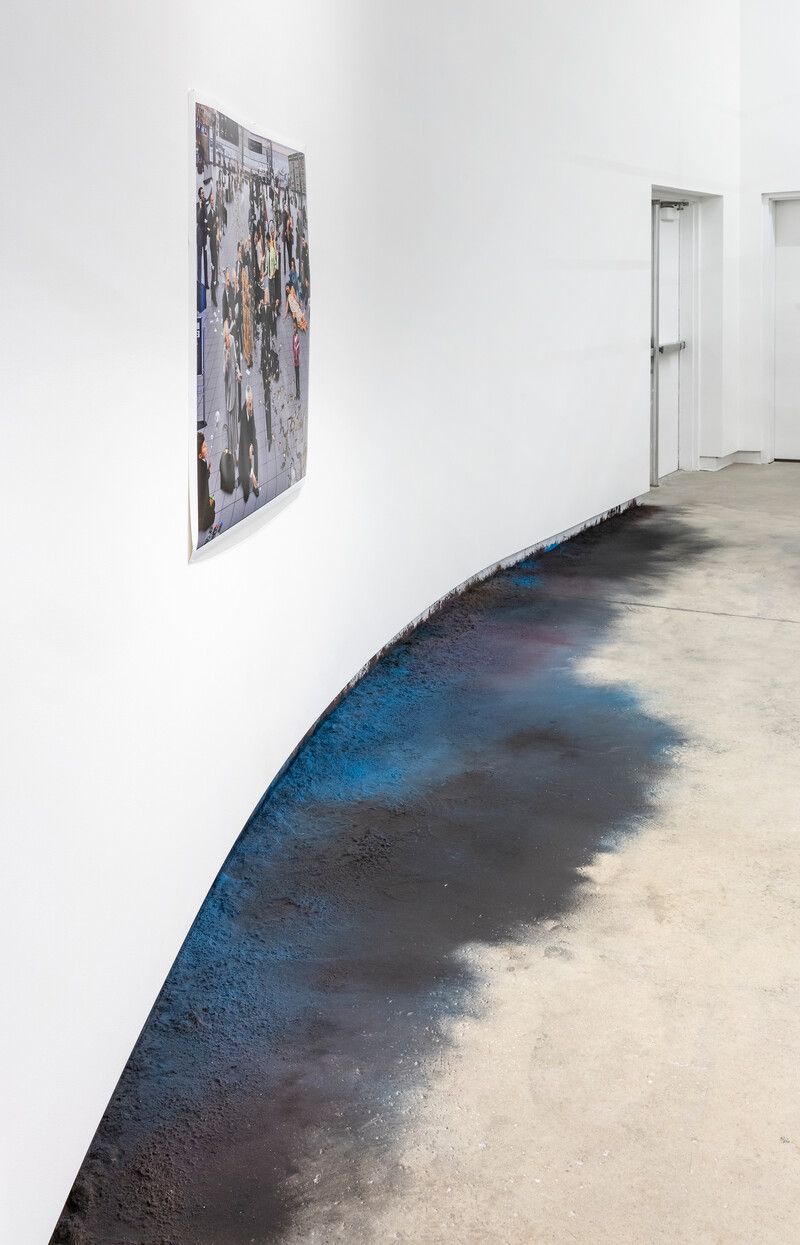
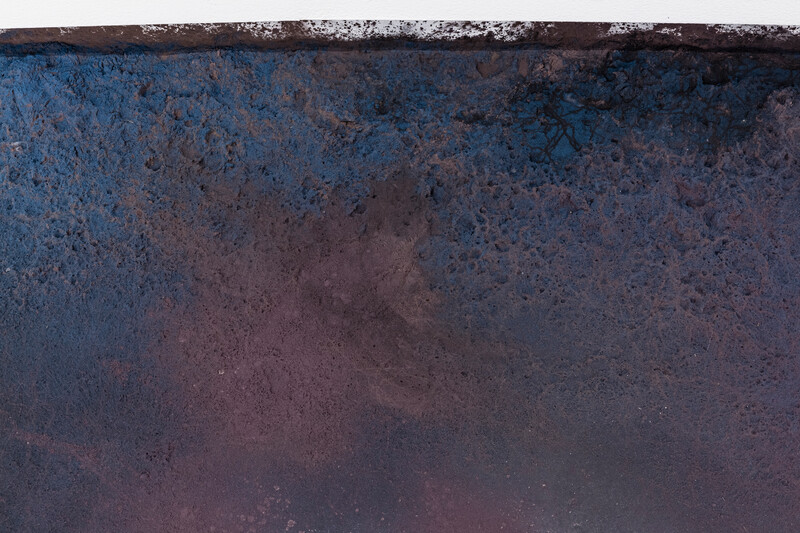
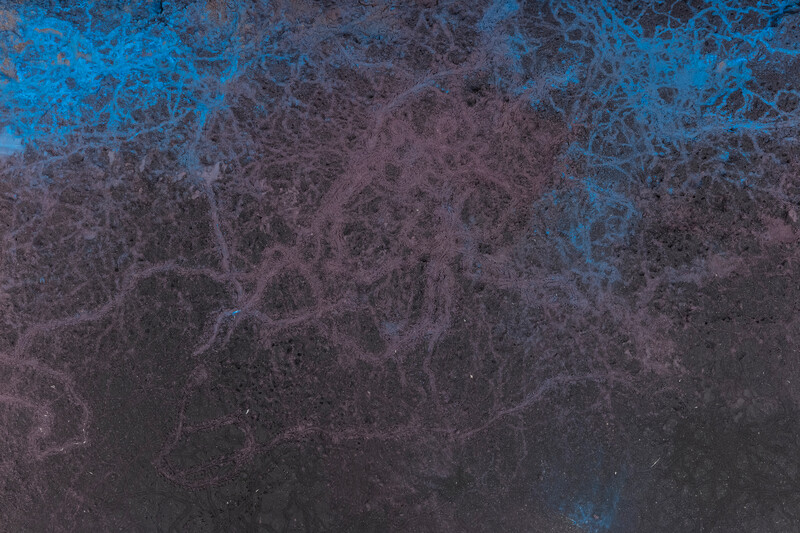
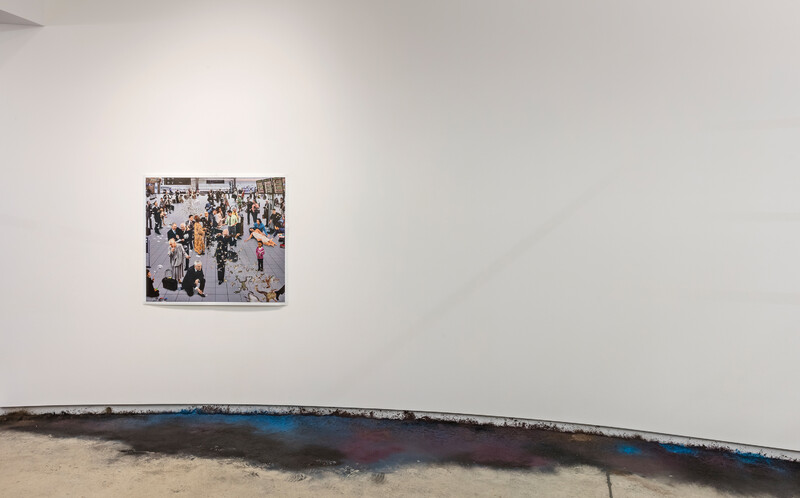
The One and the Many
Their most recent work includes: The Accelerators (2015), an exhibition about trade, colonialism, and a networked constellation of events; The Dialogues (2014), a series of films displayed in public spaces — subways and advertising LED billboards — addressing revolution through the extraction of dialogue from the history of cinema; Drone Wedding (2014), an eight-channel film installation examining surveillance in the everyday; Visit Palestine: Change Your View (2014), in which they turned their art studio into a travel agency running tours to the West Bank; What Isn’t There (1999-2014), a fifteen-year ongoing installation project that documents Palestinian villages that no longer exist; Road Movie (2011), a six screen installation on the segregated roads of Palestine; and Kino Pravda 3G (2010), a series of video installations addressing public dissent and protests across the globe. Their work has screened and exhibited internationally including: the Museum of Modern Art; Berlin International Film Festival; The Toronto International Film Festival, and the MoCCA. Public Studio is currently working on a new feature film called HarMageddon addressing war and deterritorialization, and several large-scale public art installations.
Elle Flanders is a filmmaker and artist based in Toronto. She was raised in Montreal and Jerusalem and holds a PhD in Visual Arts. She is an alumnus of the Whitney Independent Study Program where she mentored with Mary Kelly and Martha Rosler.
Tamira Sawatzky is an architect and artist working in Toronto. After working for the award-winning firm MJM Architects (1999-2010), she founded her independent practice, Public Studio Architecture.
The One and the Many is a floor work using toner from spent printer cartridges. Toner is composed of polymer, a molecule whose etymology is “many parts,” and carbon, the basis of all life on Earth. Carbon both creates and destroys. As object and life form, it has a mimetic quality; in fact, carbon is, arguably, mimesis itself. Carbon moves through the cycles of mimesis. It begins as “archaic,” conceding to nature’s superiority and replicating nature’s bare existence; shifts to the “magical,” in its human manipulation; and, finally, resides in the “rational,” in its industrialization, eventually destroying the life it creates.
Since industrialization, anthropogenic emissions and land-use changes have rapidly increased atmospheric carbon dioxide, leading to global warming. Toner powder takes over a thousand years to break down, and most is taken to landfill. There is the potential for toner to be recycled in a closed-loop system; this, however, would cut the long tail of capital.
We are interested in the temporal rhythms in the object (toner/carbon), and want to work with these rhythms rather than against them. To reveal carbon’s nature, and subsequently ours, we turned the object back on itself to reframe it in a subject-object relation. The seeming insurmountability of capitalism and its partner, climate change, is embodied in toner, as a product and producer of capitalism deeply embedded in global networks of intersubjective communication. Perhaps being presented with the raw object at the centre of this communication allows for greater reflexivity in our subjective consciousness, a condition toner’s usual invisibility precludes.

The Blackwood
University of Toronto Mississauga
3359 Mississauga Road
Mississauga, ON L5L 1C6
[email protected]
(905) 828-3789
The galleries are currently closed.
Facebook | Twitter | Instagram
Sign up to receive our newsletter.
The Blackwood is situated on the Territory of the Mississaugas of the Credit, Seneca, and Huron-Wendat.